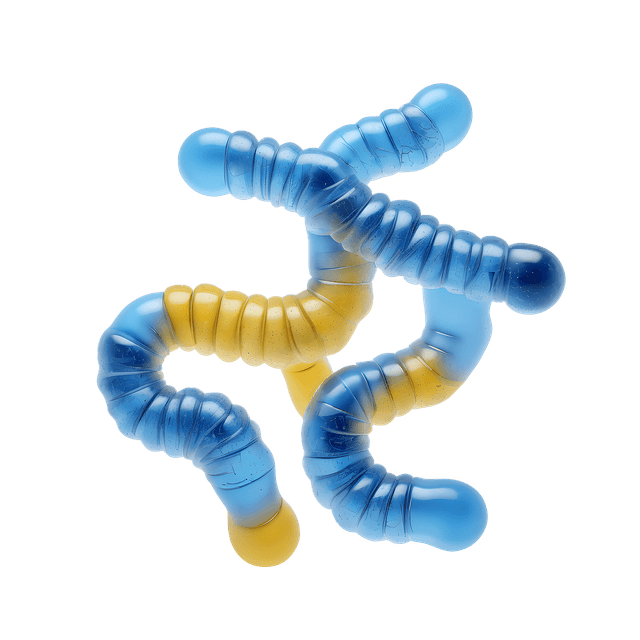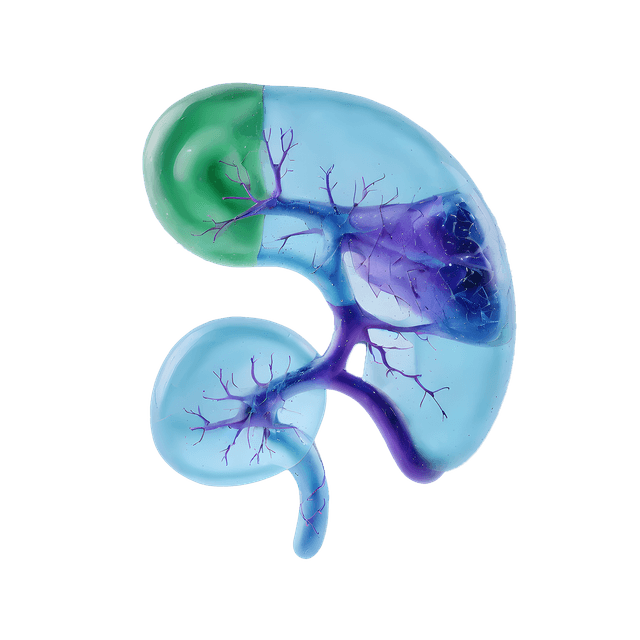Angiotensin-converting enzyme (S-ACE) is an enzyme that plays a central role in the body's renin-angiotensin system by converting angiotensin I to the biologically active form angiotensin II. This enzyme is important for blood pressure regulation and fluid balance. S-ACE is analyzed in the blood mainly in cases of suspected diseases such as sarcoidosis, where elevated levels may indicate active disease.
S-ACE is produced in several tissues, including the lungs and endothelium, but levels in the blood can be affected by various conditions such as granulomatous diseases and kidney damage. Analysis of S-ACE is often used as part of an extended diagnostic workup for these conditions.
The importance of S-ACE as a biomarker
S-ACE is used in various clinical contexts, including to:
- Identify and monitor sarcoidosis, especially in cases of pulmonary involvement.
- Differentiate sarcoidosis from other granulomatous diseases.
- Assess disease activity and response to treatment in patients with sarcoidosis.
- Investigate certain cases of hypertension and kidney disease where the renin-angiotensin system may be affected.
S-ACE and disease diagnostics
S-ACE is an important marker in granulomatous diseases, especially sarcoidosis. Elevated levels may indicate active disease, while decreasing values during treatment may indicate a good response to treatment.
Areas of use for S-ACE
Diagnosis and monitoring of diseases:
- Sarcoidosis: Used to assess disease activity and response to treatment.
- Granulomatous diseases: May be elevated in other inflammatory conditions but is most specific for sarcoidosis.
- Kidney diseases: In some cases of hypertension where ACE levels can provide guidance.
- Liver diseases: Elevated values can be seen in certain diseases affecting the liver such as alcoholic liver damage.
How is S-ACE analyzed?
Analysis of S-ACE is done through a blood test. The sample is analyzed using:
- Enzyme immunoassay (EIA)
- Fluorescence-based immunoassays
It is important to note that certain medications, such as ACE inhibitors, may interfere with test results and lead to falsely low values.
Interpretation of S-ACE test results
- Normal levels: Indicates the absence of active granulomatous inflammation.
- Elevated levels: Often seen in active sarcoidosis, but may also occur in other granulomatous or inflammatory diseases.
- Low levels: May be caused by treatment with ACE inhibitors or other factors that affect enzyme activity.



















